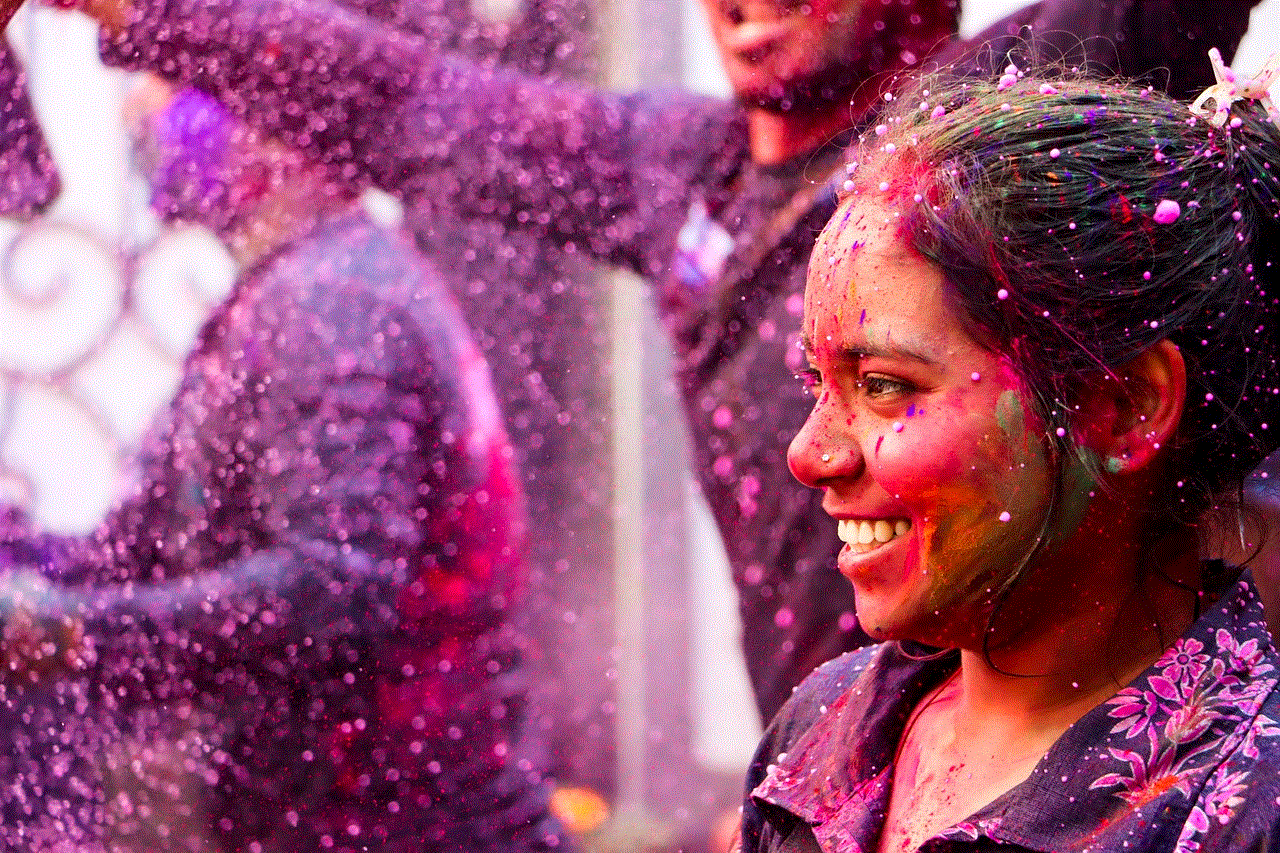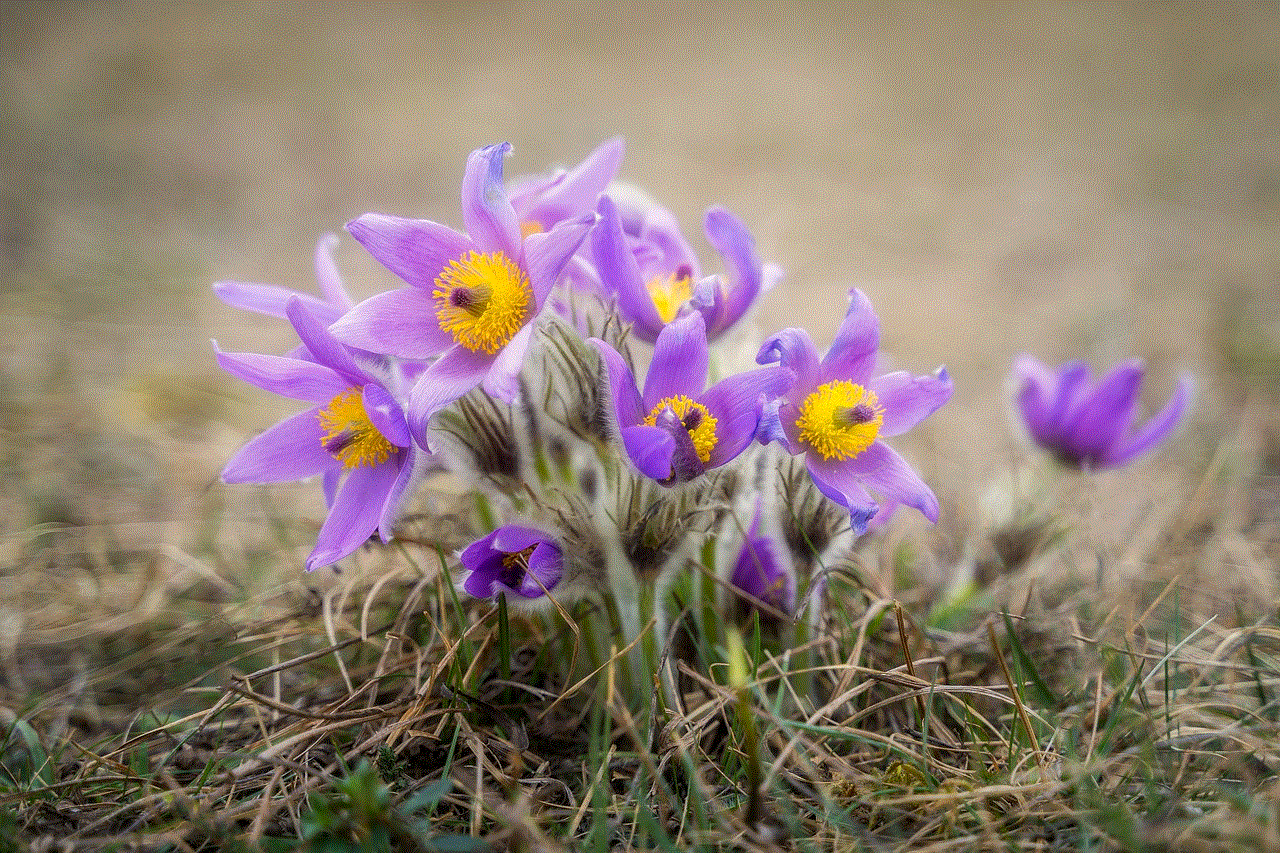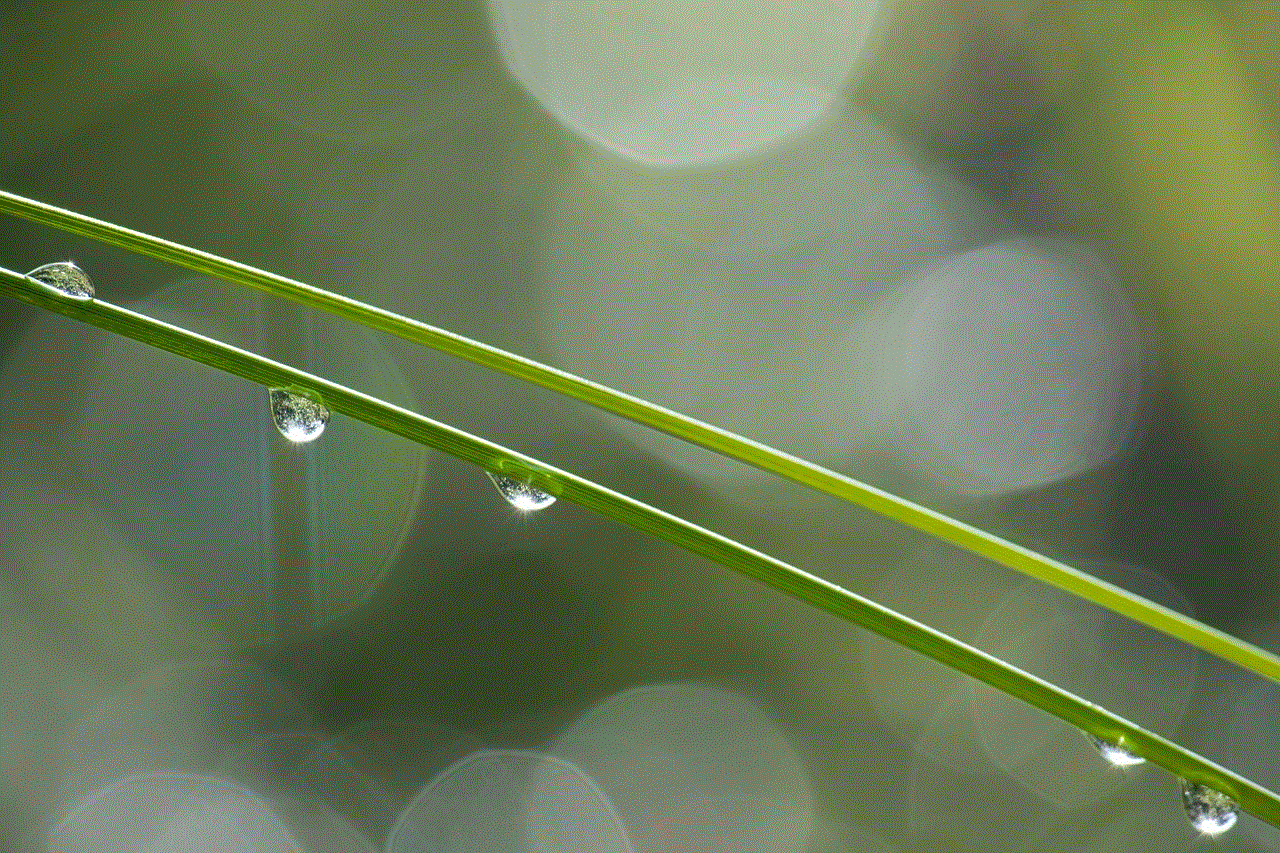how do you see who blocked you on instagram
Instagram has become one of the most popular social media platforms with over 1 billion active users. It is a place where people share their daily lives, connect with friends and family, and even build their careers. However, like any other social media platform, Instagram also has its share of conflicts and issues, and one of the most common ones is getting blocked by someone.
Being blocked by someone on Instagram can be a very frustrating and confusing experience. You may wonder why they blocked you and how you can find out who has blocked you . In this article, we will delve into the world of Instagram blocks and explore different ways to find out who has blocked you on Instagram.
What does it mean to be blocked on Instagram?
Before we dive into the ways to find out who has blocked you on Instagram, let’s first understand what it means to be blocked on Instagram. When someone blocks you on Instagram, it means they have restricted your access to their profile. This means you will not be able to see their posts, stories, or even their profile. You will also not be able to send them direct messages or tag them in your posts.
In simple terms, being blocked on Instagram is like being invisible to that person. They won’t see any activity from your account and you won’t see any activity from theirs. It’s a way for someone to cut off all communication and interaction with you on the platform.
Why do people block others on Instagram?
Now that we know what it means to be blocked on Instagram, let’s explore the reasons why people block others on the platform. There could be a variety of reasons why someone would block you on Instagram, and some of them are:
1. Personal conflicts: One of the most common reasons for blocking someone on Instagram is personal conflicts. It could be a disagreement or a fight between two people that leads to one person blocking the other.
2. Unwanted attention: Instagram is a place where people share their personal lives, and sometimes, this can attract unwanted attention. If someone feels uncomfortable with the attention they are receiving from a particular user, they may choose to block them.
3. To avoid confrontation: Some people may block others on Instagram to avoid confrontation or having difficult conversations. It’s an easy way for them to cut off communication and avoid any potential conflicts.
4. To maintain privacy: Instagram also allows users to have a private account, which means only people they approve can follow them. If someone is not comfortable with a particular person viewing their content, they may choose to block them.
5. Spam or harassment: Instagram has strict community guidelines, and if someone is violating those guidelines by sending spam or harassing messages, the recipient may choose to block them.
How to find out who has blocked you on Instagram?
Now that we know the reasons why people block others on Instagram, let’s explore the different ways to find out who has blocked you on the platform.
1. Check if you can find their profile: The most straightforward way to find out if someone has blocked you on Instagram is to search for their profile. If you can’t find their profile, it could be a sign that they have blocked you.
2. Look for their posts or comments: If you were following the person who blocked you, you will no longer be able to see their posts or comments on your feed. You can also try searching for their posts or comments on other accounts, and if you can’t find them, it could be an indication that they have blocked you.
3. Try to tag them in a post: If you try to tag someone who has blocked you, the tag will not work. This is because they won’t be able to see your post or receive the notification.
4. Look for their direct messages: If you have had previous conversations with the person who has blocked you, you won’t be able to find their messages in your inbox. This is another sign that you have been blocked.
5. Use a third-party app: There are many third-party apps available that claim to help you find out who has blocked you on Instagram. These apps may ask for access to your account, and it’s essential to be cautious before giving them permission.
6. Create a new account: If you suspect that someone has blocked you on Instagram, you can create a new account and search for their profile. If you can find their profile using the new account, it’s a strong indication that they have blocked you.
7. Ask a mutual friend: If you have mutual friends with the person who has blocked you, you can ask them to check if the person’s profile is visible to them. If it’s not, it could mean that the person has blocked you.



8. Search for their username: Another way to find out if someone has blocked you on Instagram is to search for their username. If you can’t find their account, it’s a sign that they have blocked you.
9. Check your followers: If you have a public account, you can check your followers to see if the person who has blocked you is still following you. If their name is not on the list, it’s a sign that they have blocked you.
10. Look for clues on their profile: Sometimes, people who have blocked you may leave subtle clues on their profile. For example, they may have changed their profile picture or removed any mentions of you from their bio.
What to do if you have been blocked on Instagram?
If you have been blocked on Instagram, there are a few things you can do to handle the situation:
1. Reflect on your actions: If you have been blocked by someone, take a moment to reflect on your actions. Did you do anything to upset or bother them? If yes, try to rectify the situation and apologize if needed.
2. Respect their decision: It’s essential to respect someone’s decision to block you on Instagram. It’s their way of setting boundaries, and it’s crucial to respect that.
3. Move on: If someone has blocked you, it’s best to move on and focus on other relationships in your life. Don’t dwell on the situation and don’t try to retaliate or seek revenge.
4. Reach out (if appropriate): If you feel like the person has blocked you without any valid reason, you can try reaching out to them through other means of communication. However, respect their decision if they choose not to respond.
5. Learn from the experience: Being blocked on Instagram can be a learning experience. It’s an opportunity to reflect on your behavior and make positive changes in your relationships with others.
Conclusion
Being blocked on Instagram can be a painful experience, especially if it’s by someone you care about. However, it’s essential to remember that it’s not the end of the world. There could be several reasons why someone would block you on Instagram, and it’s crucial to respect their decision.



In this article, we have explored different ways to find out who has blocked you on Instagram. We have also discussed the reasons why people block others on the platform and how to handle the situation if you have been blocked. Remember, it’s important to be respectful and responsible on social media, and if you do so, you are less likely to face such situations.
adult content on twitter
Twitter has become a popular platform for individuals and businesses to share their thoughts, ideas, and content with the world. With over 330 million monthly active users, it is also a hub for adult content. From NSFW (not safe for work) images to explicit language, Twitter has become a go-to place for those seeking adult entertainment. However, with the rise of the #MeToo movement and increased awareness about the negative effects of pornography, the presence of adult content on Twitter has sparked debates and concerns. In this article, we will explore the world of adult content on Twitter, its impact, and the measures taken to regulate it.
Before we delve into the topic, it is important to define what we mean by “adult content” on Twitter. This term encompasses a wide range of material that is sexually explicit in nature. This includes, but is not limited to, nudity, pornography, and sexually suggestive content. While some users may argue that these types of content are a form of self-expression and should be allowed on the platform, others argue that it can be harmful and offensive to certain individuals.
One of the main concerns surrounding adult content on Twitter is its accessibility to minors. With Twitter’s minimum age requirement being 13 years old, it is inevitable that some underage users will come across adult content on the platform. This raises questions about the responsibility of Twitter in regulating and monitoring such content. In response, Twitter has implemented a strict policy against child sexual exploitation, prohibiting the sharing of any content that promotes or glorifies sexual acts involving minors.
However, the issue of adult content on Twitter goes beyond just minors. It also raises concerns about the impact it may have on its adult users. With the constant bombardment of sexually explicit material, some individuals may develop an unhealthy relationship with pornography, leading to addiction and other negative consequences. In fact, a study by the University of Cambridge found that excessive use of social media, including Twitter, is linked to higher levels of psychological distress and symptoms of depression and anxiety.
In light of these concerns, Twitter has introduced several measures to regulate adult content on its platform. One of the most notable ones is the “Sensitive Content” warning. This feature allows users to mark their content as sensitive, which will then be hidden from those who may find it offensive or harmful. This includes adult content, as well as graphic violence and gore. While this feature is a step in the right direction, it is not foolproof. Users can still bypass the warning and access the content if they choose to do so.
Twitter has also implemented a “Safe Search” feature, which allows users to filter out sensitive content from their search results. This feature is particularly useful for parents who want to restrict their children’s access to adult content on the platform. However, it is important to note that this feature is not turned on by default and users need to manually activate it in their settings.
Another measure taken by Twitter is the suspension of accounts that violate its policies on adult content. This includes accounts that share explicit or pornographic material without the “Sensitive Content” warning, as well as accounts that engage in sexual harassment or exploitation. While this may seem like an effective solution, it is not without its flaws. Some users have reported having their accounts suspended for sharing artistic or educational content that may have been misinterpreted as pornography.
Despite these efforts, adult content continues to thrive on Twitter. In fact, a study by the University of Oxford found that 1 in 5 tweets contains adult content. This may be attributed to the fact that Twitter relies mainly on user reports to identify and regulate such content. This means that unless someone reports a tweet or account, it may go unnoticed by Twitter’s moderators. This has led to criticism of Twitter’s approach to regulating adult content, with some users arguing that it is not doing enough to protect its users from harmful material.
Moreover, the issue of censorship and free speech also comes into play when discussing adult content on Twitter. Some users believe that Twitter’s strict policies on adult content go against their right to free speech. They argue that as long as the content is not illegal, it should be allowed on the platform. On the other hand, others argue that Twitter is a privately owned platform and has the right to regulate the type of content that is shared on it.



In response to the criticism, Twitter has stated that it is constantly reviewing and updating its policies to ensure a safe and healthy environment for its users. However, with the sheer volume of content being shared on the platform, it is a daunting task to monitor and regulate all adult content. This has led to the rise of third-party tools and services that aim to help users filter out adult content on their Twitter feeds. These tools range from browser extensions to apps that allow users to customize their Twitter experience according to their preferences.
In conclusion, adult content on Twitter is a complex and controversial issue that continues to spark debates and concerns. While Twitter has implemented measures to regulate and monitor such content, it is not without its flaws. The responsibility also falls on individual users to be mindful of the content they share and consume on the platform. As the use of social media continues to grow, it is important for us to have open and honest discussions about the impact of adult content on these platforms and work towards creating a safer and healthier online environment for all.